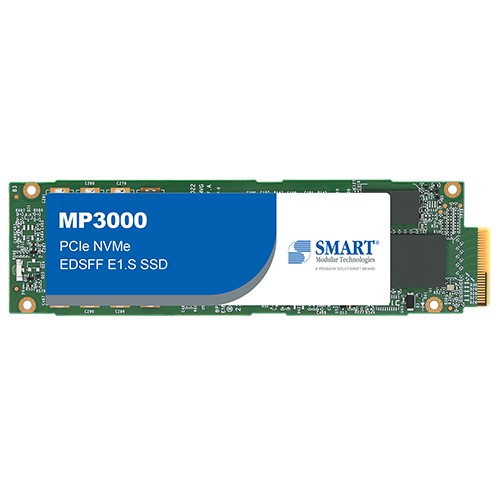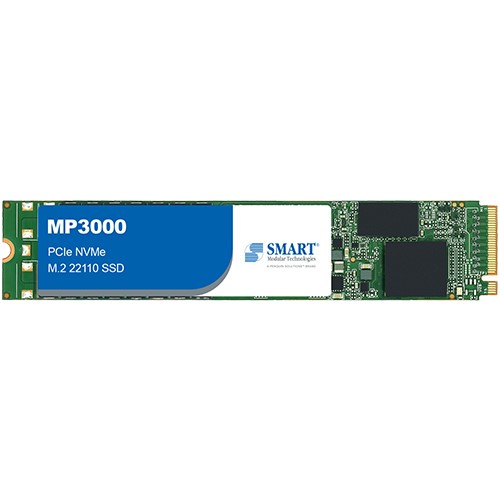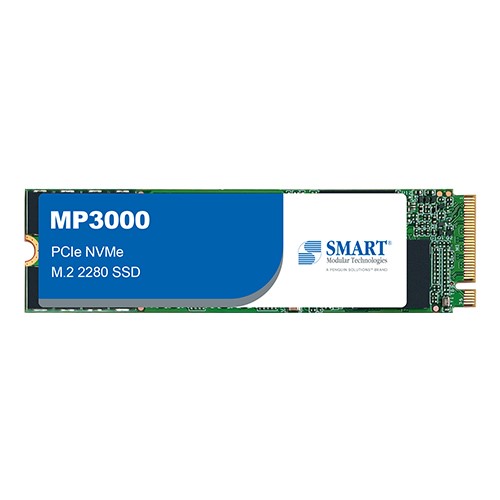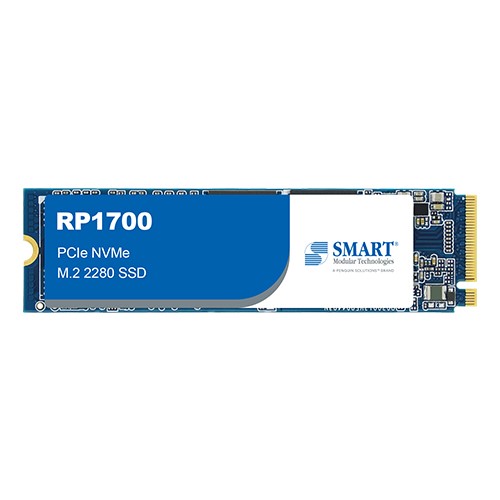Over-Provisioning is a technology where a certain portion of the physical capacity of the memory is reserved for carrying out garbage collection, wear-leveling and bad block management. It effectively reduces the attribute of write amplification and extends the lifespan of an SSD.
Why Over-Provisioning?
A certain portion of the SSD drive space is reserved for performing various internal memory management functions. The over-provisioned space cannot be used and accessed by users, and is invisible to the host operating systems.
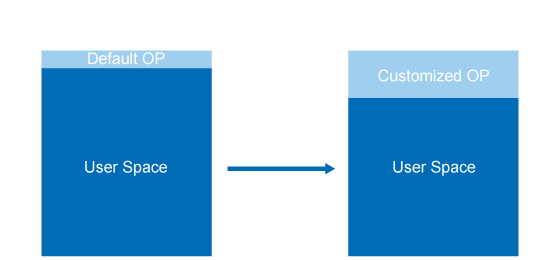
How Does It Work?
SSD manufactures typically reserve 7% of physical storage space as over-provision for background activities, such as Garbage Collection and Wear-Leveling. Take an SSD with 256GB raw capacity as an example. It inherently reserves 7% raw capacity for the built-in over-provisioning leaving 240GB of actual user capacity. Higher over-provisioning percentage (e.g. 28%) can further improve performance and SSD product lifetime.
When Garbage Collection is triggered, it will affect SSD’s write performance depending on the scale of scattered data. The less the data is scattered in the NAND Flash and the higher percentage of over-provisioning, the less likelihood that the performance will be affected because the work cycles of Garbage Collection are reduced. In other words, the write amplification is reduced, so the lifespan of the SSD is increased. The following graphics show the results of the endurance enhancement in different Over-Provisioning levels.


